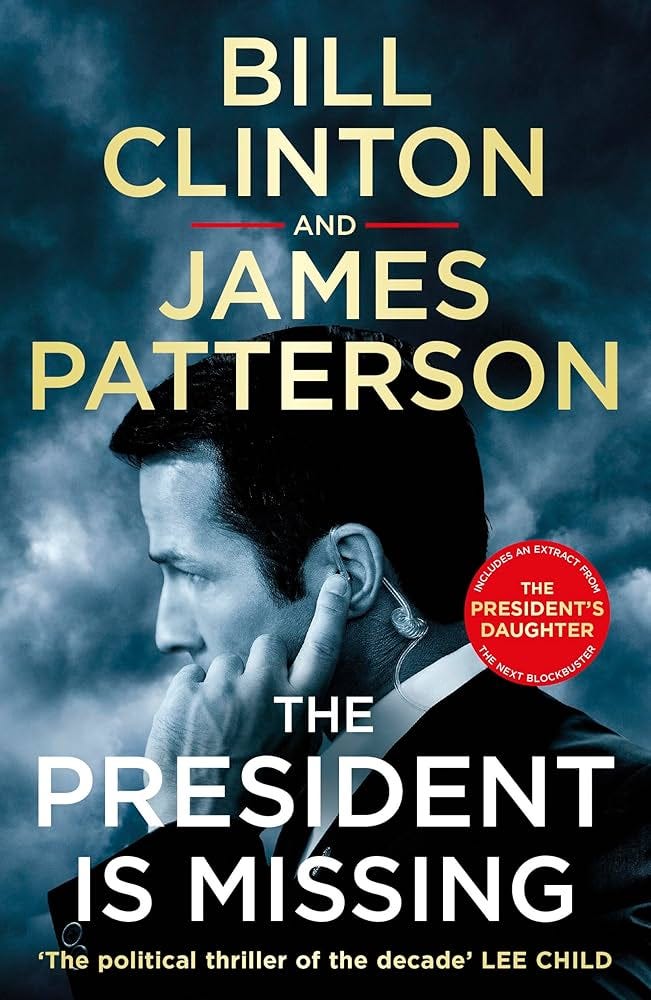Violence and Responsibility in 'Ministry for the Future'
Under-appreciated themes in Kim Stanley Robinson's well-received climate novel
Today I want to continue something I started a little while ago — mini-discussions of books like David Graeber’s The Dawn of Everything. Here we’ll discuss two under-noticed themes of Kim Stanley Robinson’s The Ministry For the Future: the use of violence to create a political effect and treatment of those doing harm.
As a starting point for these thoughts, let me refer you to two posts, “Name the Damn Perp” and “Climate Change or Genocide?” Consider the ideas carefully; you won’t see them in the mainstream of “straight” climate change discussion. But you will see them in almost the whole of climate fiction.
By the way, as first mentioned here, the next book I’ll tackle like this is Bill Clinton and James Patterson’s thriller The President Is Missing, likely in multiple posts.
It’s quite revealing in a fun, unintended way. Stay tuned.
Note: I’m going to put the rest of this post behind the paywall — one of the few times I’ve done this — since that placement positions this material as part of a newsletter, not part of a public website. The reason: Most of what follows is from the book and too long to be considered “fair use.”
Now on to our literary hour.
The Ministry for the Future
Since reading The Ministry for the Future, I’ve been struck by its twin themes of violence and responsibility.





